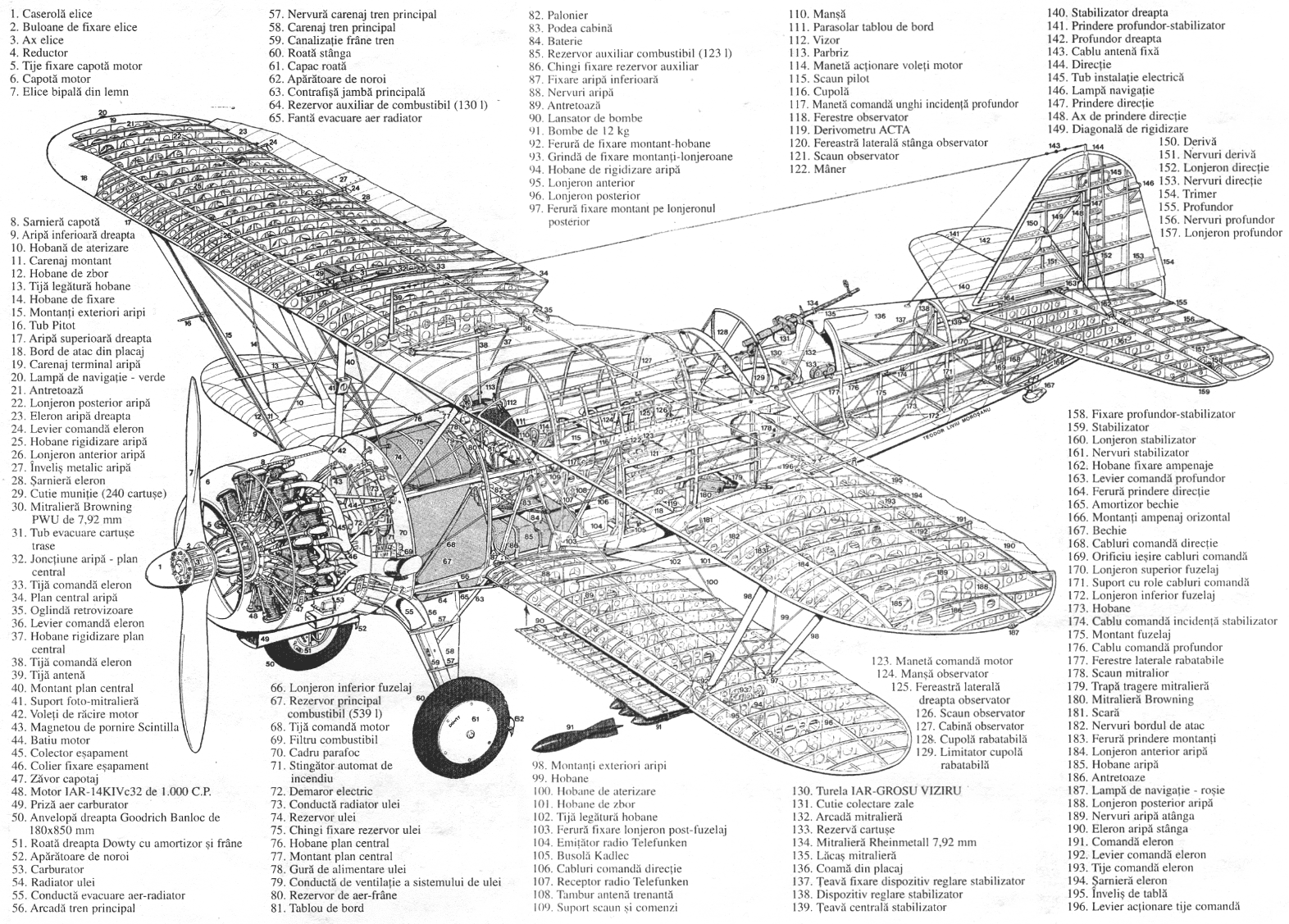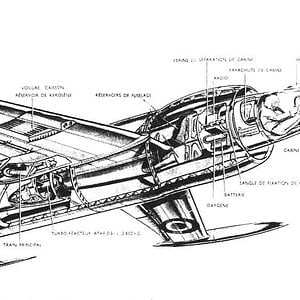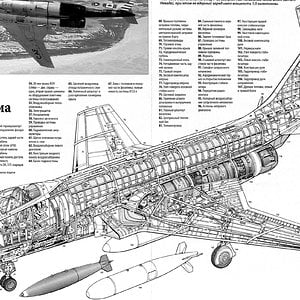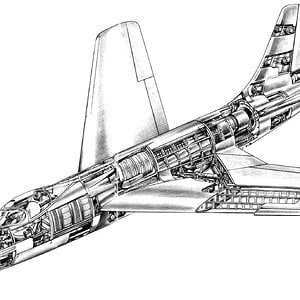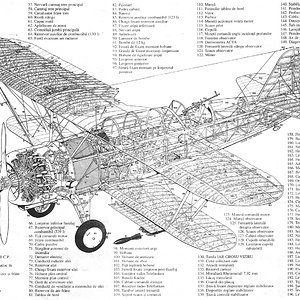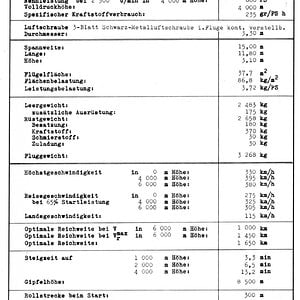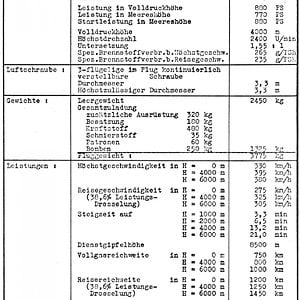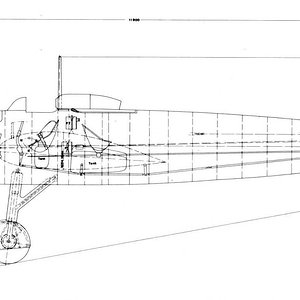Navigation
Install the app
How to install the app on iOS
Follow along with the video below to see how to install our site as a web app on your home screen.
Note: This feature may not be available in some browsers.
More options
You are using an out of date browser. It may not display this or other websites correctly.
You should upgrade or use an alternative browser.
You should upgrade or use an alternative browser.
Development
The IAR 37 prototype was flown for the first time in 1937 to meet a requirement for a tactical bombing and reconnaissance aircraft. The IAR 37 was an unequal-span single bay biplane with a fixed tailwheel landing gear and powered by a licensed copy of the Gnome-Rhône Mistral Major radial engine called the IAR K14-II C32 with 870 HP. It had room for a crew of three under a continuous glazed cockpit, pilot at the front then observer and a gunner at the rear. It had dual controls and was fitted with a locally designed bombsight and a camera. The IAR 37 entered production in 1938, but production of the engine lagged, preventing the aircraft from being completed,and it was replaced on the production line by the IAR 38, powered by the reliable BMW 132 engine. As availability and reliability of the K.14 engine improved, the incomplete IAR 37s were fitted with IAR K.14-III C36 with 930 HP to allow their completion and production was switched to the improved IAR 39, which also used the IAR K.14-IV C32 with 960HP. Total production of all three types was 380, at both IAR and SET, continuing until October 1944 with the majority being IAR 39s.
In 1936, IAR produced a new project for an observation and light bomber plane designated as IAR-37. Derived from the French Potez 25, the project was fitted by the IAR 14K (a French Gnome-Rhone sublicensed engine). Though, the prototype IAR-37.1 made its first test in spring 1937 with good results. A contract was signed with the Ministry of the Air and Navy and until the end of 1937, 50 planes were delivered. In summer 1938 the IAR designers proposed the available BMW-132 engine and after some modifications on the fuselage, the plane was renamed IAR-38 and the production continued with 75 more planes used only for observation/reconnaissance duties. In November 1938 the new IAR 14K IIC-32 engines were available and 49 IAR-37 received it, but due to some structural problems the IAR plant brought some modifications to the initial project. The resulted plane, named IAR-39 made its first tests in March 1940 and 95 were produced until the end of the year. From 1942 production was transferred to the SET plant in Bucharest where the IAR 39A received a mended engine: the IAR 14K IV C. Production stopped in late 1944 after 160 aircraft were produced. Each SET produced IAR received an "S" added to its serial number.
The observation squadrons started to receive the first IAR-37s in 1939 and by the end of 1940 three observation groups were entirely equipped with the IAR-37/38/39 aircraft. From the beginning of the Barbarossa campaign to attack enemy troops, artillery positions, convoys, AA machine-guns or for anti-partisan duties behind the front line. The IAR-38 and 39 squadrons were attached to every corps or army command and were used to observe/photograph the front line and enemy troops movements. In total 11 squadrons (11th, 12th, 13th, 14th, 15th, 16th, 17th, 19th, 20th, 21st and 22nd) and one light bomber squadron (18th). The first loss came on the very first day of the war when an IAR-37 from the 19th Observation Squadron was shot down by a VVS I-153. Two days later the rear gunner (sgt. Vasile Puscasu) of an IAR 39 from the 22nd Observation Squadron shot down an I-16 Rata. During the first campaign 30 IAR-37/38/39 were lost.
The IAR 37 prototype was flown for the first time in 1937 to meet a requirement for a tactical bombing and reconnaissance aircraft. The IAR 37 was an unequal-span single bay biplane with a fixed tailwheel landing gear and powered by a licensed copy of the Gnome-Rhône Mistral Major radial engine called the IAR K14-II C32 with 870 HP. It had room for a crew of three under a continuous glazed cockpit, pilot at the front then observer and a gunner at the rear. It had dual controls and was fitted with a locally designed bombsight and a camera. The IAR 37 entered production in 1938, but production of the engine lagged, preventing the aircraft from being completed,and it was replaced on the production line by the IAR 38, powered by the reliable BMW 132 engine. As availability and reliability of the K.14 engine improved, the incomplete IAR 37s were fitted with IAR K.14-III C36 with 930 HP to allow their completion and production was switched to the improved IAR 39, which also used the IAR K.14-IV C32 with 960HP. Total production of all three types was 380, at both IAR and SET, continuing until October 1944 with the majority being IAR 39s.
In 1936, IAR produced a new project for an observation and light bomber plane designated as IAR-37. Derived from the French Potez 25, the project was fitted by the IAR 14K (a French Gnome-Rhone sublicensed engine). Though, the prototype IAR-37.1 made its first test in spring 1937 with good results. A contract was signed with the Ministry of the Air and Navy and until the end of 1937, 50 planes were delivered. In summer 1938 the IAR designers proposed the available BMW-132 engine and after some modifications on the fuselage, the plane was renamed IAR-38 and the production continued with 75 more planes used only for observation/reconnaissance duties. In November 1938 the new IAR 14K IIC-32 engines were available and 49 IAR-37 received it, but due to some structural problems the IAR plant brought some modifications to the initial project. The resulted plane, named IAR-39 made its first tests in March 1940 and 95 were produced until the end of the year. From 1942 production was transferred to the SET plant in Bucharest where the IAR 39A received a mended engine: the IAR 14K IV C. Production stopped in late 1944 after 160 aircraft were produced. Each SET produced IAR received an "S" added to its serial number.
The observation squadrons started to receive the first IAR-37s in 1939 and by the end of 1940 three observation groups were entirely equipped with the IAR-37/38/39 aircraft. From the beginning of the Barbarossa campaign to attack enemy troops, artillery positions, convoys, AA machine-guns or for anti-partisan duties behind the front line. The IAR-38 and 39 squadrons were attached to every corps or army command and were used to observe/photograph the front line and enemy troops movements. In total 11 squadrons (11th, 12th, 13th, 14th, 15th, 16th, 17th, 19th, 20th, 21st and 22nd) and one light bomber squadron (18th). The first loss came on the very first day of the war when an IAR-37 from the 19th Observation Squadron was shot down by a VVS I-153. Two days later the rear gunner (sgt. Vasile Puscasu) of an IAR 39 from the 22nd Observation Squadron shot down an I-16 Rata. During the first campaign 30 IAR-37/38/39 were lost.

